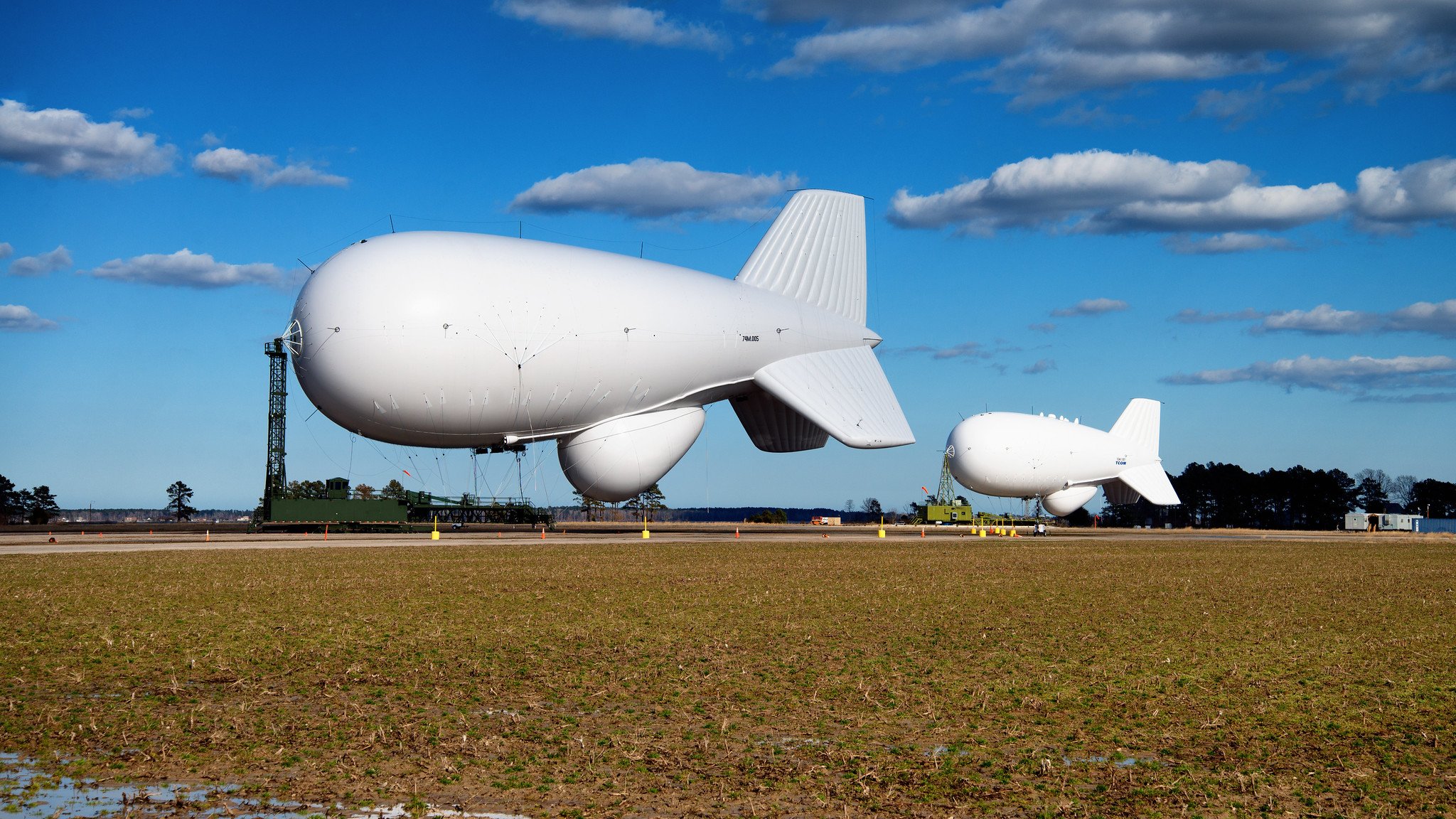Invasion of the Skies: How a Chinese Spy Balloon Violated American Sovereignty
On February 4, South Carolinians living along the coast had their Saturday routines interrupted by a sudden rumbling. The ground shook beneath their feet as an F-22 Raptor fighter jet shot a balloon the size of several school buses down from the sky, creating such a spectacle that thousands in Myrtle Beach gathered to witness it. The crowds exploded in cheers and applause, with one video showing a man exclaiming “That’s our Air Force!”
The event could be interpreted as one of patriotism, but the celebration betrays the dark circumstances. Myrtle Beach residents knew what was coming; the balloon was revealed to be a Chinese airship equipped with modern surveillance technology earlier that week and had just finished a several days’ journey across the contiguous United States uninterrupted. An espionage device from a foreign country blatantly violated American sovereignty and the most powerful military in the world seemingly did nothing to stop it.
Source: Bill Dickinson, Flickr
Due to the U.S.’ position as the dominant military and technological power, it has to contend with rival countries attempting to collect information on it. This was China’s primary goal when it sent a fleet of balloons with cameras and antennas to several countries that became a major point of contention on the world stage.
The balloon that caused the most controversy was first identified by the U.S. military over the Aleutian Islands in Alaska. From there it moved through Canada and Idaho before idling in Montana; at this point, the balloon was discovered by the public and generated massive Internet buzz. It then drifted across the U.S. until it was shot down off the coast of South Carolina, shaking houses of residents shooting video on the ground.
China itself claimed it was merely a civilian climate research airship and condemned the U.S. for using such force to take it out. Surveillance equipment on the balloon, including cameras and antennas as well as its flight path near Montanan nuclear missile facilities convinced both American officials and the public that there were more malicious intentions involved.
The news immediately led to outrage from those who questioned why American officials allowed it to reach the mainland. The U.S. military first identified it as the balloon lifted off from China, making the decision to not intercept it even more puzzling. There were several options to address the potential threat, but the one suggested most was shooting it down. While this would be the eventual solution, officials claimed that it would have been hazardous to those on the ground due to falling debris, despite the fact that it was identified over sparsely-populated Alaska just days prior.
There were questions regarding the purpose of the spy balloon, with some pointing out that orbital satellites are more effective in intelligence gathering than balloons. Easy to detect and hard to control, it’s simple for an advanced country such as the U.S. to jam its sensors or move equipment out of its sight. Ironically, these lowered expectations make it easier for China to launch a spy program without drawing attention.
Many saw it as China testing the U.S.’ counterespionage response to such a blatant challenge of American power. In a television interview, Florida Senator Marco Rubio noted that “They do these sorts of things to humiliate the other side, project strength and send a message. I don't think this was coincidental.” The high visibility of the stunt can also create political conflict, which they succeeded in doing, pitting those who thought the balloons were a trivial distraction and those who argued it was a significant event against each other.
The former argument may have been true if China had only released one balloon, but according to the State Department, an entire fleet was sent out to conduct espionage on 40 countries. Equipped with modern espionage technology, the balloons were one component of a larger aerial surveillance program across five continents. Balloons are able to idle over sensitive sites for extended periods of time and China is attempting to use advancements in espionage technology from its growing private sector to its advantage.
The recent balloon was just the one to spark controversy, and the wider project is unlikely to gain nearly as much public attention. Those who believe the reaction to the balloon was overblown have already moved on to the next issue, and those who want to address it are told they are overreacting. Despite these claims, it is clear that China has far greater intentions than harmlessly taunting their adversaries with outdated technology. It is one more way to collect American information that it can use against its rival and climb to great power.
The U.S. government failed to react in a way that asserted its position on the world stage, even with extensive knowledge of the airship and its track. President Joe Biden may have given the triumphant order to take it out of the sky, but the balloon had already completed its mission in blatantly violating American sovereignty. It proved that its leaders are not capable of confronting overt threats effectively; China will remember that for the future, and we will be all the more vulnerable for it.
